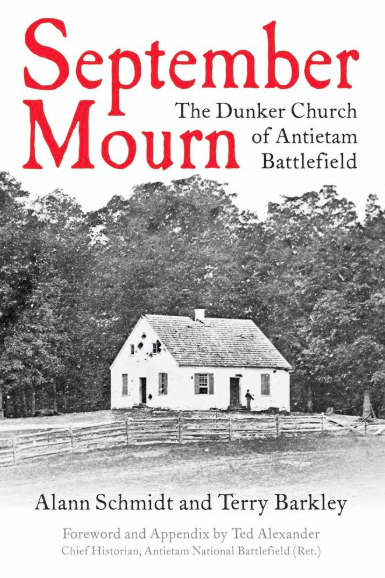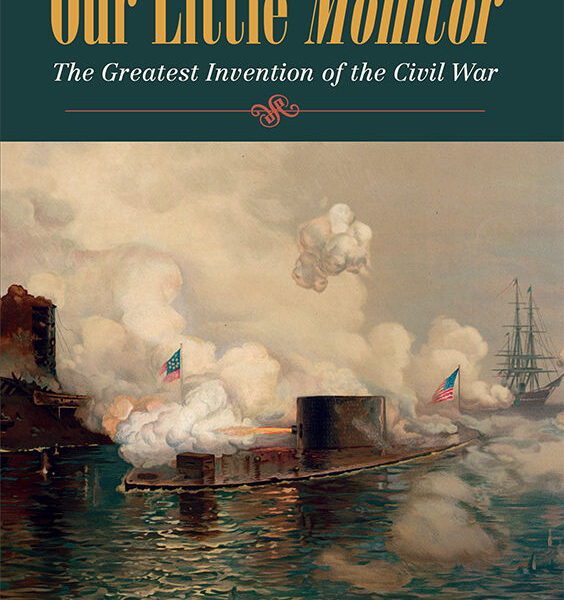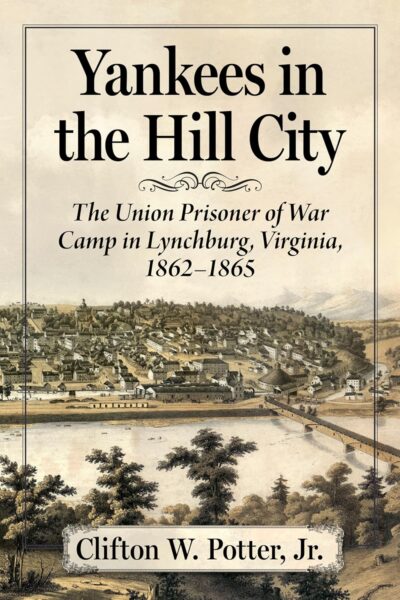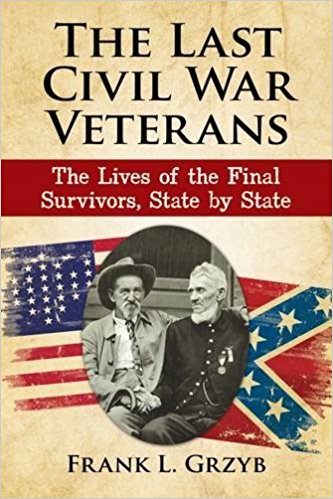September Mourn: The Dunker Church of Antietam Battlefield by Alann Schmidt and Terry Barkley. Savas Beatie, 2018. Cloth, ISBN: 978-1611214017. $19.95.
 The Dunker Church on the Antietam battlefield is one of the most iconic and distinctive buildings of the American Civil War. September Mourn by Alann Schmidt and Terry Barkley seeks to situate the church building and its congregants in the local history of Sharpsburg and in the historical memory of the battle. Using a wealth of secondary sources coupled with church records and newspapers, September Mourn provides a much more complete view of the soul behind the famous façade. Local scholars, religious historians, and those interested in the National Parks and Monuments will appreciate the tale of the German Baptist Brethren of Sharpsburg.
The Dunker Church on the Antietam battlefield is one of the most iconic and distinctive buildings of the American Civil War. September Mourn by Alann Schmidt and Terry Barkley seeks to situate the church building and its congregants in the local history of Sharpsburg and in the historical memory of the battle. Using a wealth of secondary sources coupled with church records and newspapers, September Mourn provides a much more complete view of the soul behind the famous façade. Local scholars, religious historians, and those interested in the National Parks and Monuments will appreciate the tale of the German Baptist Brethren of Sharpsburg.
Schmidt and Barkley begin by recounting the history of the German Baptist Brethren’s origins in Germany and their fundamental beliefs. A branch of the Church of the Brethren found its way to Washington County, Maryland, where, in 1851, Samuel and Elizabeth Mumma contributed 0.60 acres for the construction of the church. Because of this donation, the Dunker Church is sometimes referred to as the “Mumma Church.” Members worshipped in the one-room church building for nearly a decade before fate delivered two armies to their small town.
That the members of the Church of the Brethren were conscientious objectors mattered to neither the Union or Confederate armies when the two forces clashed in September 1862. During the battle, the Dunker Church served as an aid station for Robert E. Lee’s Confederate forces. The building stood out, as evidenced by its inclusion in several post-action reports, pictures, and paintings once the armies had left the scene. The building itself had suffered some severe structural damage during the course of the battle, including a cannonball through the roof, but the building could and would be repaired. Once Lee, McClellan, and company retreated, the church building served as a hospital for wounded soldiers of both armies. Church members stepped in to help see to the needs of the wounded and burial of the dead. President Lincoln visited the battlefield in October 1862 and was reported to have visited the wounded who were recovering in the church.
One of the soldiers who visited the church during this time, Corporal Nathan Dykeman of the 107th New York, seized the Bible used during worship services as a souvenir. The theft of the Bible upset the Dunkers, but it would be decades before the Bible found its way back home. When the volume of scripture resurfaced in 1903 at a reunion of the 107th New York, the New Yorkers sought the assistance of John Lewis, a former Dunker from Maryland, in returning the Bible to its congregation. The Bible was returned to the Dunkers of Sharpsburg just in time for Christmas services in 1903.
Once the last of the bodies had been buried, the members of the church set about restoring their house of worship. Members of the German Baptist sect from all over Maryland contributed to repairing the war-damaged building. Repair work was finished in either late 1863 or early 1864. The Dunkers built a new church in Sharpsburg in 1899, so as time passed, only sporadic services were held within the old Dunker Church. The War Department attempted to purchase the historical property in 1913, but the owners opted not to sell. In 1921, a severe storm toppled the church building. Having been replaced as a venue of worship, a local grocer purchased the land and ruins, which he repurposed as a lunch stand and gas station.
New Deal money attempted to purchase and refurbish the grounds and building during the 1930s, but the government would not meet the owner’s asking price. As such, the former Dunker Church remained a place where tourists could buy Coca-Cola until preparations for the battle’s centennial commemoration got underway in 1960. When President Eisenhower made provisions for the federal purchase of 600 acres of the Antietam battlefield that year, the state of Maryland offered up $35,000 for the purpose of restoring the Dunker Church. The reconstructed church was completed and ready for visitors in 1962.
The authors point to the significance of the Dunker Church as a point of reference on the battlefield, both during the engagement in 1862 and for interested visitors touring the historic site ever since. The original congregants sought spiritual refuge within the walls of the church. Wounded and shell-shocked soldiers found a sanctuary from the battle raging outside. Modern day visitors can continue to find sanctuary, poignant reverence, and the next stop on their Antietam Battle app. They will have to look elsewhere for Coca-Cola.
Stephen Edwards is a Ph.D. candidate in the Department of History at Texas Christian University.




